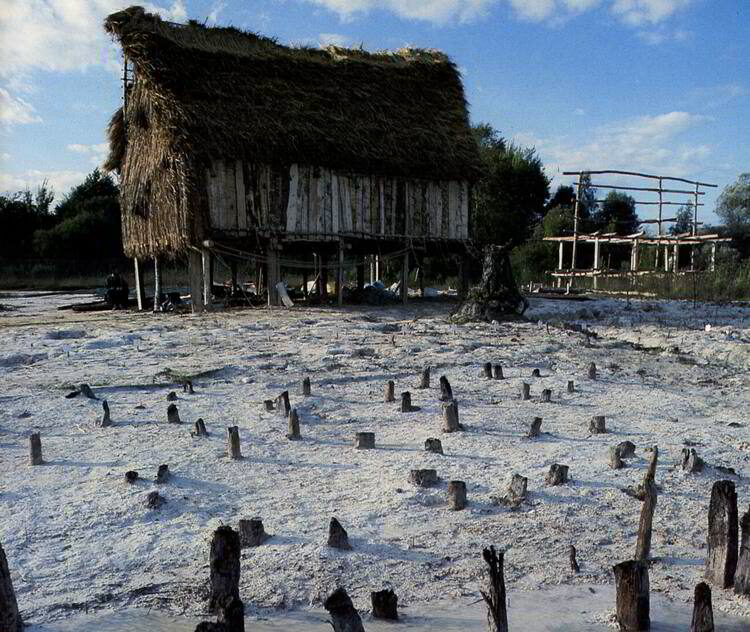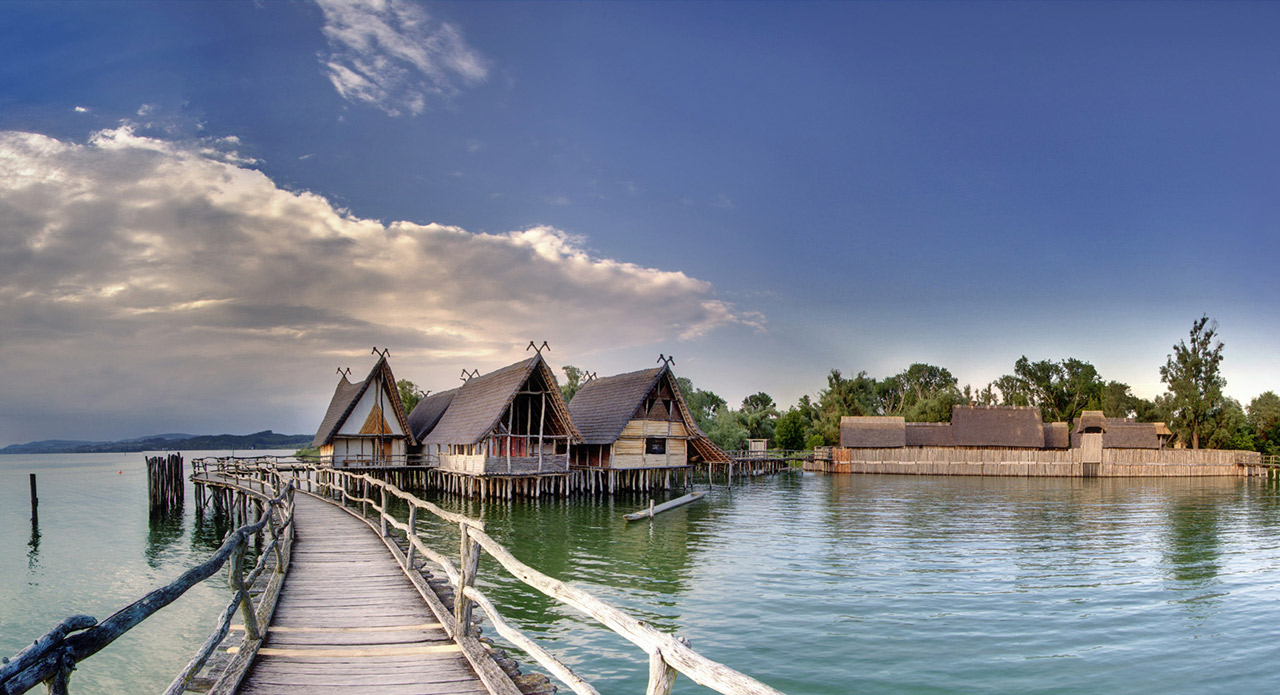Travellers you have visited many beach locations and shores, but have you seen any ancient Stilt house nearby or dwelling at the edges of lakes? If not then the Prehistoric pile dwellings around the Alps in various countries of the world will leave you speechless and awestruck at the same time. They come into recognition when they become part of the UNESCO World Heritage site.
Let’s acknowledge more about these unique ancient heritage sites situated in the Alps.
Prehistoric Pile Dwellings Around the Alps
The prehistoric pile dwellings are a set of properties that contains 111 small individual sites. This unique heritage site is the home to amazing cultural and natural treasures that gives visitors a panoramic sight to behold. The ruins of prehistoric pile-dwelling or beach house towns in and around the Alps, built roughly around 5000 to 500 BC on the shores of lakes, rivers or wetlands. UNESCO initiated the Prehistoric Pile Dwellings in 2011 archaeological sites.

There are 937 known archaeological pile-dwelling sites in six nations around Europe’s Alpine and sub-alpine areas. Out of which the major ones or we can say half of them are situated in Switzerland {56 sites}. Rest 19 are in Italy, 18 in Germany, 11 in France, 5 in Austria and 2 in Slovenia. The archaeological dwellings of Slovenia were the first designated for their cultural significance in the UNESCO World Heritage Sites.
Also Read: Explore The 20th Century Stunning Architecture – Sydney Opera House
What These Prehistoric Pile Dwellings Portrays?
The Prehistoric Pile Dwellings Around the Alpes are regarded as one of Europe’s most important archaeological sites. They provide information on prehistoric farming cultures. The remnants of the settlement were effectively protected and kept by water and mud fields. Also, they provide us with insight into one of the oldest periodic civilizations here on the European continent.

Digging at only a few of the sites have provided evidence that sheds light on life in prehistoric Alpine Europe during the Neolithic and Bronze Ages, as well as how populations interacted with their surroundings. The dwellings are a unique group of archaeological sites that are remarkably well-preserved and culturally rich and they are one of the most important sources for analysing early agricultural communities in the region.
Also Read: Discover the Lost Mosque City of Bagerhat in Bangladesh
Detailed information on their agricultural, animal husbandry and metallurgical growth all these factors can be easily understood with these dwellings.
Other Essential Facts To Understand
The sites have yielded remarkable archaeological sources that have allowed researchers to gain a better knowledge of entire prehistoric settlements which includes –
- Their intricate construction processes and territorial growth over longer timeframes.
- They also reveal details of stone, shell, gold, amber, and pottery trade routes across the Alps and through the plains.
- Transportation evidence from small boats and wooden wheels, some finished with axles for two-wheeled carts dating from around 3,400 BC and the oldest textiles in Europe dating to 3,000 BC
This data has given researchers a unique look into the social lives and colonies of several cultural groups in the Alpine lacustrine setting, which allowed pile homes to survive.
Also Read: Discover the Lost Mosque City of Bagerhat in Bangladesh
Over 5,000 years, a series of pile house sites in the Alpine and Sub-Alpine areas are present in Europe. They have provided an unusual and detailed insight into the settlement and domestic arrangements of prehistoric, early agrarian lakeside communities. The newly discovered archaeological evidence provides a unique perspective, on how these civilizations connected with their ecosystem in reaction to new technology and global warming.
Protection & Management
According to the legal systems in force in the various States Parties, the series of pile dwelling sites are legally protected. It is necessary to ensure that each of the States Parties receives the maximum level of legal protection. The common management system unites all levels of government and relevant authorities in each country, particularly surrounding people, to an international management system via an established International Coordination Group, which is founded on a Management Proposal made by all States Parties.
Funding & Projects
The Secretariat is funded by Switzerland, and the various programmes are funded by the States Parties. New proposals that could have a major impact on the archaeological sites nominated for recognition are prohibited. The application of protection arrangements must be similar among the six States Parties to maintain consistency in development methods.
Such as in the relation to lake usage, anchoring restrictions and private development, as well as historic assessment procedures. Given the extraordinary sensitivity of the remains particularly in urban locations, significant financing for ongoing monitoring is required.
There are many Prehistoric Pile Dwellings we have mentioned above but the most common that are popular and attracts numerous photographers across the world are the Alps of Switzerland, Slovenia and Italy. So if you are looking for a different kind of photoshoot you can consider these dwelling around the Alps.
Also Read: Exploring Lucerne – A Must Visit Alp Destination of Switzerland
Resources – whc.unesco.org

